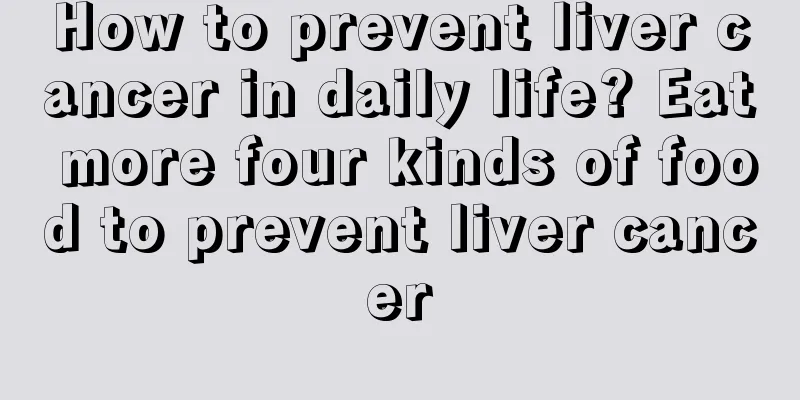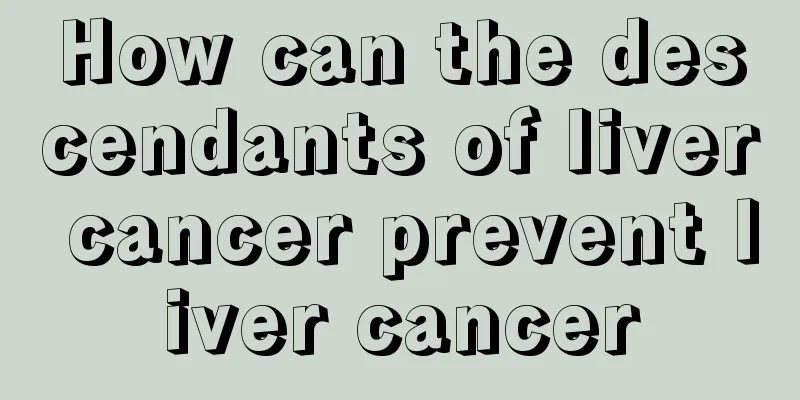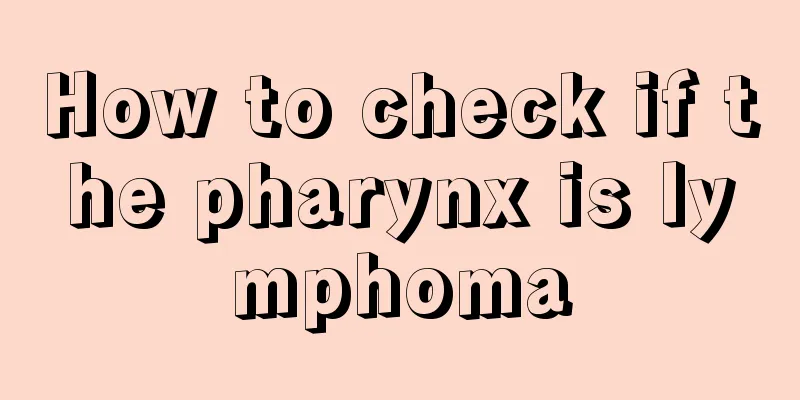The symptoms of aminophylline poisoning turned out to be like this

|
Aminophylline is a drug used to treat diseases such as bronchial asthma and asthmatic bronchitis. However, because its effective blood concentration and toxic blood concentration are very close, it often causes poisoning in people, seriously endangering human health. If not treated in time, it may even lead to death. Therefore, it is particularly important to understand the symptoms of aminophylline poisoning and to achieve early detection and early treatment. Early symptoms of aminophylline poisoning include burning pain in the upper abdomen, nausea, vomiting, diarrhea, polyuria, headache, flushing, thirst, etc. In more serious cases, there are irritability, mental confusion, syncope, mental excitement or inhibition, palpitations, decreased blood pressure and rapid breathing. In severe cases, there are muscle tremors, epileptic seizures, dilated pupils, fever, tachycardia, and heart rhythm disorders. Death may occur due to ventricular fibrillation or respiratory or circulatory system failure. Excessive dosage or too fast intravenous administration is the most common cause of excessive blood concentration of aminophylline and poisoning. There are many factors that affect the metabolism and clearance of aminophylline. The dose that causes poisoning varies in different situations and among different patients, and there are large individual differences. The half-life of aminophylline can be prolonged in the elderly or in patients with poor heart, liver, or kidney function, shock, dehydration, acid-base imbalance, severe viral infection, or certain drugs (such as macrolides). Even a small dose can result in excessive blood drug concentrations that can cause poisoning. Aminophylline should be used with caution in children. Because children's excretion and detoxification functions are not yet perfect, their clearance rate is naturally very low. An improper dosage can easily cause poisoning, which can be life-threatening in severe cases. The dosage for children should be calculated based on body weight. Data show that if >5 mg/kg body weight is taken at a time, poisoning can occur within 0.5-1 hour. In severe cases, heart failure or cerebral edema may occur and lead to death. Once symptoms of poisoning appear, the patient and family members should first be asked whether they have taken the aminophylline correctly, and whether other drugs that affect the metabolism of the aminophylline are used in combination, to rule out poisoning symptoms caused by other drugs, to monitor whether the blood concentration of aminophylline is significantly higher than the normal range, and to see whether the poisoning symptoms are relieved or disappear after stopping the medication. If severe poisoning symptoms occur, emergency treatment should be given immediately. |
<<: It turns out that the early symptoms of vitiligo are these four
>>: How to prevent Aconitum poisoning
Recommend
Shampoo formula
Shampoo is a common substance in life and is indi...
How many years can a 60-year-old with advanced liver cancer live
The survival time of a 60-year-old patient with a...
Will wisdom teeth cause swollen and painful gums?
Although many people have wisdom teeth, not every...
Will I get sick if I swim in a swimming pool?
There are many people around us who are obsessed ...
Is there any impact if wisdom teeth are not removed?
For many people, growing wisdom teeth is a very u...
What should I give to my friend's baby for his full moon?
It is common to give gifts to friends when their ...
What is the reason for insomnia at night
Do we feel that it is very easy to suffer from in...
What to do if your hands itch
Many people like to eat taro, but if you don’t we...
What are the items in the 11-week prenatal check-up?
When a woman is 11 weeks pregnant, the third mont...
Nasopharyngeal carcinoma blood test method
If a middle-aged patient suddenly develops sympto...
Vasospastic headache symptoms and treatment
Vasospastic headache is relatively common in clin...
Is there any benefit from washing down there with salt water?
In our daily diet, salt is an indispensable condi...
Can eating lamb kidneys nourish the kidneys?
Sheep kidney, also known as sheep kidney, mainly ...
What harm does environmental pollution do to the body?
The most direct impact of environmental pollution...
Every time I eat curry, I feel chest tightness and want to vomit
Curry is a traditional food in India. Due to its ...









